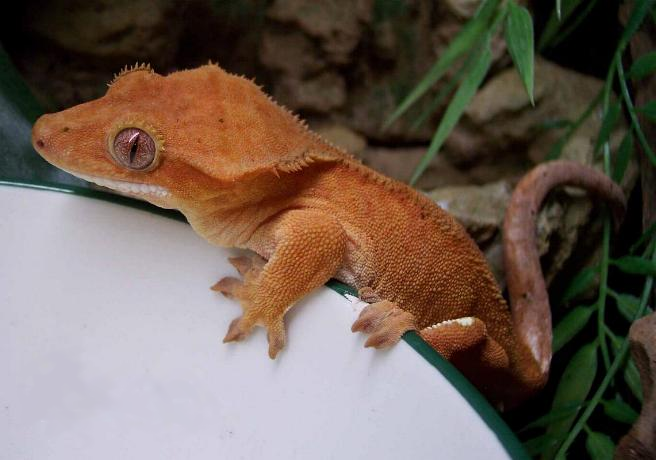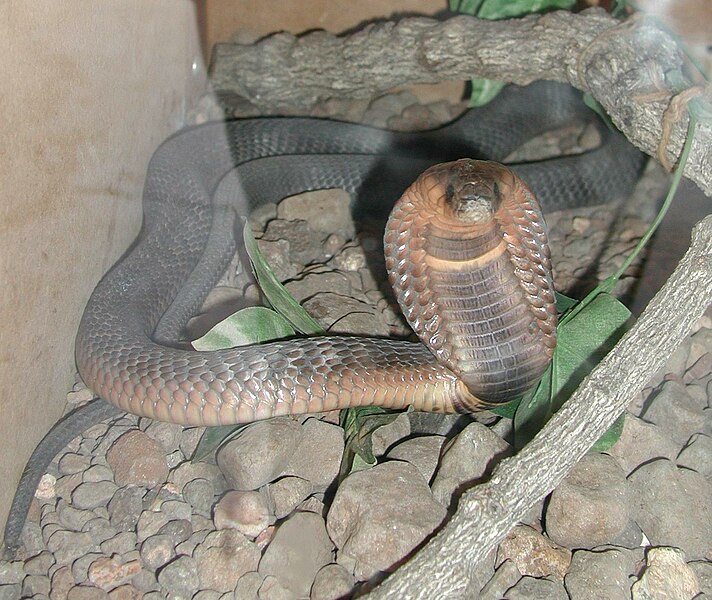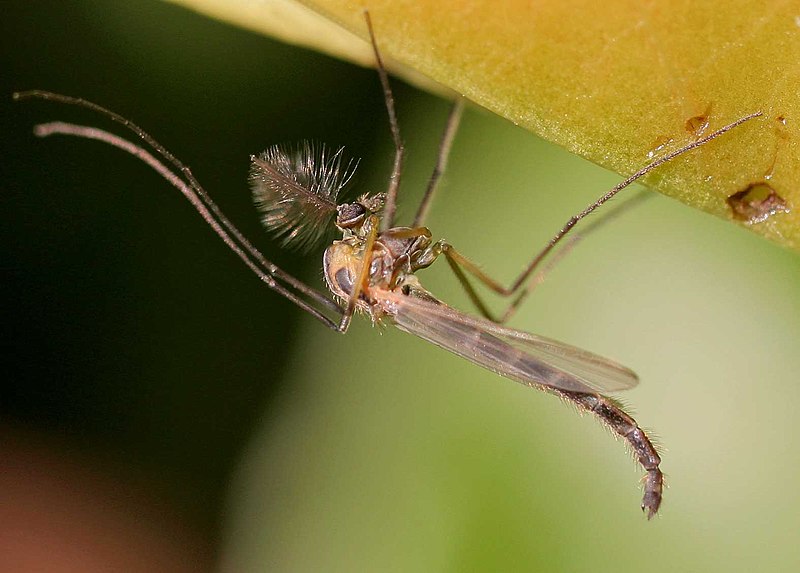This article is one of a series in which I plan to provide a brief introduction to both popular and rarely-kept amphibians, reptiles and invertebrates. I’ll cover such topics as unique habits in the wild, common concerns in captive care, pet pros and cons, husbandry tips and so forth. Detailed care articles will follow…until then, I would enjoy receiving your questions and comments. Today we’ll take a look at the most widespread of all North American Chelonians, the Painted Turtle (Chrysemys picta). Read More »
Yearly Archives: 2010
The Dwarf Chameleons – Notes on Captive Care and Natural History
This article is one of a series in which I will provide a brief introduction to both popular and rarely-kept amphibians, reptiles and invertebrates. I’ll cover such topics as unique habits in the wild, common mistakes or concerns in captive care, pet pros and cons, little-known husbandry tips and so forth. Detailed care articles will follow…until then, I would enjoy receiving your questions and comments. Today we’ll take a look at the Dwarf Chameleons (Brachypodion spp.). Read More »
Introducing the Nosy Be Gecko (or Spearpoint Leaf-Tailed Gecko) – Part 2
 Please see Part 1 of this article for information on an interesting newcomer to the pet trade, the Nosy Be Gecko (Uroplatus ebenaui). Today we’ll take a look at some related species and the gecko family in general.
Please see Part 1 of this article for information on an interesting newcomer to the pet trade, the Nosy Be Gecko (Uroplatus ebenaui). Today we’ll take a look at some related species and the gecko family in general.
Other Geckos in the Genus Uroplatus
All 12 species that have been assigned to the genus Uroplatus, collectively known as “Leaf-Tailed Geckos”, are endemic to Madagascar and considered threatened due to extensive deforestation. Cryptic colors, nocturnal ways and arboreal habitats render it likely that other species await discovery…hopefully before they disappear forever. Read More »
Reputation Redeemed – Asp Cleared of Responsibility for Cleopatra’s Death
 A 2,000 year-old-legend holds that Cleopatra, famed last Queen of Egypt, committed suicide by allowing an Asp, or Egyptian Cobra (Naja haje), to bite her. A recent study at Germany’s University of Trier, however, has now called this story into question.
A 2,000 year-old-legend holds that Cleopatra, famed last Queen of Egypt, committed suicide by allowing an Asp, or Egyptian Cobra (Naja haje), to bite her. A recent study at Germany’s University of Trier, however, has now called this story into question.
Plant Poison or Snake Toxin?
By analyzing ancient Egyptian papyrus scrolls and a Roman historian’s account of Cleopatra’s demise, German toxicologists have concluded that a lethal mixture of plant poisons, and not a venomous snake bite, was the more likely suicide agent. Read More »
Live Bloodworms – An Important Food for Small Amphibians and Their Larvae
 Those of us who keep and breed small aquatic amphibians usually have a difficult time providing our pets with dietary variety. This is especially true as regards salamander larvae and other creatures that usually accept only live foods. In most cases, such animals must make do with the pet trade staples, Brine Shrimp and Blackworms. Today I’d like to introduce a useful aquatic food item that is popular with aquarists but often over-looked by herp keepers – the Bloodworm (Chironomus spp.).
Those of us who keep and breed small aquatic amphibians usually have a difficult time providing our pets with dietary variety. This is especially true as regards salamander larvae and other creatures that usually accept only live foods. In most cases, such animals must make do with the pet trade staples, Brine Shrimp and Blackworms. Today I’d like to introduce a useful aquatic food item that is popular with aquarists but often over-looked by herp keepers – the Bloodworm (Chironomus spp.).
Natural History
Bloodworms resemble, but are unrelated to, aquatic worms. Rather, they are the larvae of tiny flying insects known as Midges (often called “Gnats”) of the Family Chironomidae. They have long been sold in stores specializing in tropical fishes, and can also be ordered from internet dealers. Read More »
 That Reptile Blog – Reptile, Amphibian and Exotic Pet Care and Information
That Reptile Blog – Reptile, Amphibian and Exotic Pet Care and Information
